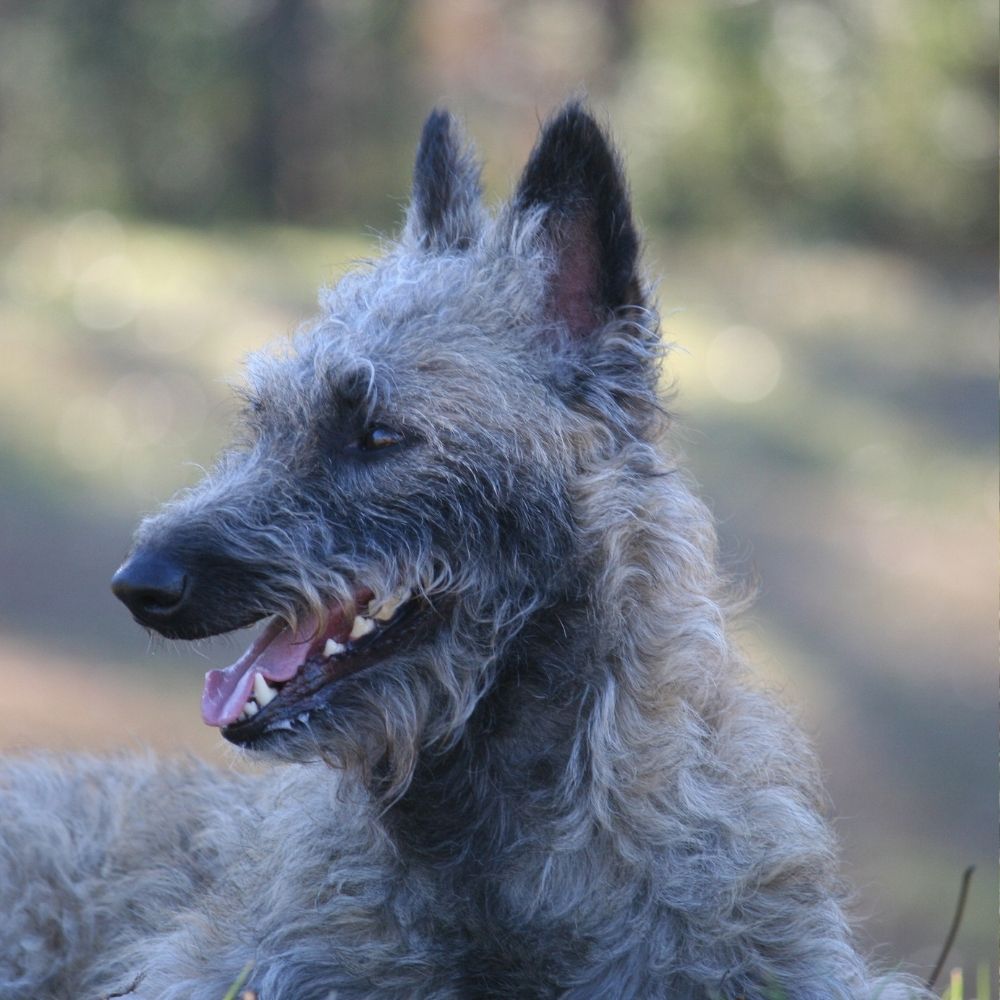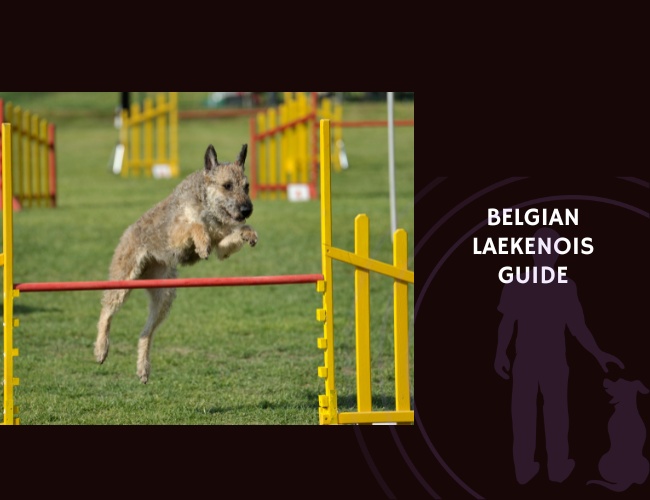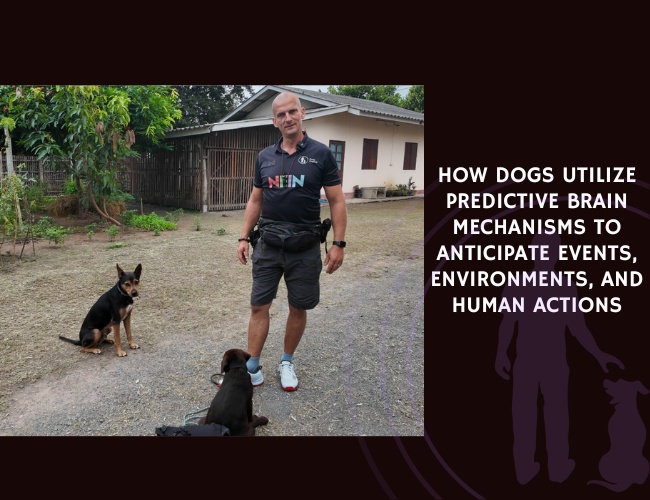Quick Facts about the Belgian Laekenois
- Origin: Belgium
- Weight: 25–30 kg
- Life expectancy: 10–12 years
- Coat Colour: Fawn with traces of black, especially on the muzzle and tail
- Breed Group: Herding
The Belgian Laekenois is the rarest of Belgium’s four shepherd breeds. With its wiry coat and sharp mind, it is both a natural protector and a loyal worker bred for intelligence, courage, and close bonds with its handler.
Belgian Laekenois History
The Belgian Laekenois (pronounced “Lak-in-wah”) takes its name from the Château of Laeken near Brussels, where it guarded linens drying in the open air. Developed in the late 19th century, it shares its origin with the Belgian Malinois, Tervuren, and Groenendael—all distinct by coat type but identical in structure and purpose.
Laekenois dogs served in both World Wars as messenger dogs and are still used in police and protection work today. Its rarity comes not from inferiority, but from its specific coat type and lower breeding numbers.
In 2020, it became the last of the four Belgian shepherds to be recognised by the AKC.

Belgian Laekenois Temperament
Laekenois are alert, highly intelligent, and protective. They are known for being slightly more reserved and less flashy than the Malinois, but just as capable. They form strong bonds with one person and are loyal, sensitive, and intense.
This breed is not for casual dog owners. They need training, clarity, and real-life tasks to feel fulfilled. When well-guided, they become stable, deeply connected companions and exceptional working dogs.
Note: Without sufficient engagement and structure, Laekenois can become neurotic or overly territorial. They need more than just exercise—they need purpose.
Health and wellness
The Laekenois has a rough, wiry coat that offers protection in harsh weather but requires occasional hand-stripping or trimming to prevent matting. Like many working breeds, it is generally robust but has some genetic predispositions.
Mental stimulation is as crucial as physical activity. Left unstimulated, behavioural issues may arise.
Significant problems:
Hip dysplasia
Elbow dysplasia
Progressive retinal atrophy (PRA)
Epilepsy (rare)
Skin sensitivities in some lines
Life expectancy: 10–14 years

The Complete Guide to Belgian Laekenois
🔍 Looking to go deeper into dog training?
Use these categories to explore targeted guides and articles on canine behavior, nutrition, obedience, entertainment, and more.









